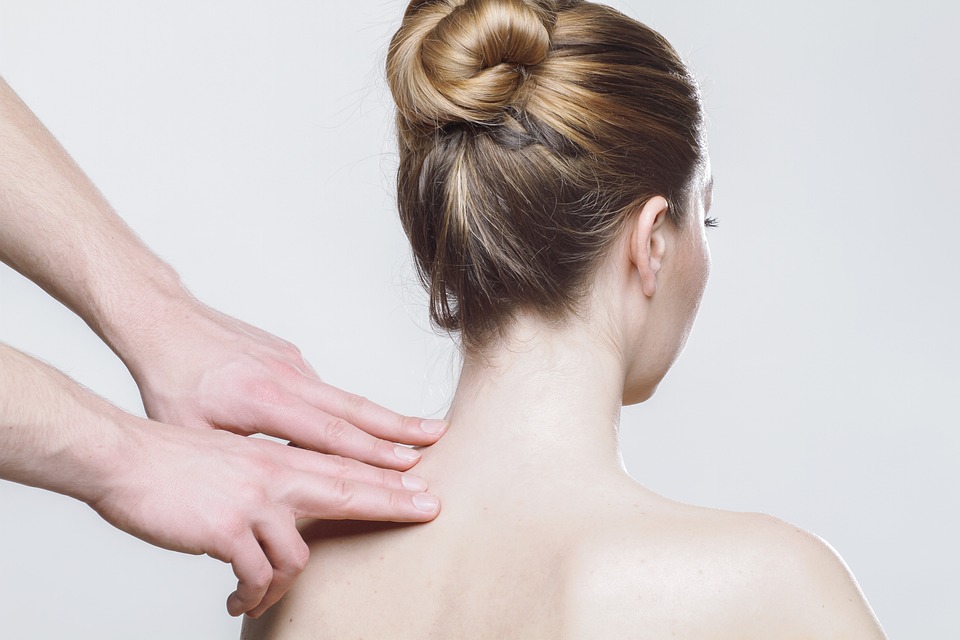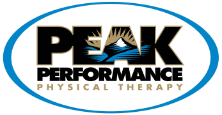Dry needling and acupuncture are sometimes confused. Both involve needles, and both can be a part of a person’s individual wellness. Both are holistic approaches to wellness and bodily pain. But despite their similarities, dry needling and acupuncture are actually quite different.
What’s The Difference Between Acupuncture And Dry Needling?
We’ve all heard these questions asked together: What? Who? Where? In general, these three queries can help us understand more things. Answering these questions for both of these procedures can give us glimpses into their similarities and differences. And, these answers can help you decide what’s right for you.
What are they, Exactly?
According to the Mayo Clinic, acupuncture is a wellness practice rooted in Eastern Chinese medicine. Technically classified as an alternative therapy, it follows a theory of chi or qi (pronounced “chee”) energy flowing through your body. This energy flows through your body along pathways or meridians. Practitioners insert thin needles into these pathways in an effort to create energy balance. It’s used to treat everything from bodily pain and allergies to infertility and depression. However, there is still little evidence for its efficacy outside of pain management.
On the other hand, trigger point dry needling is an evidence-based medical practice. Because it’s more rooted in Western medicine, it’s sometimes referred to as Western-style acupuncture. Most often used to treat muscle tightness and spasms, it’s recommended when stretching or other methods aren’t successful. During a dry needling treatment, therapists insert thin needles into the muscles’ trigger points. That allows them to relax and become more flexible. These reactions help to decrease pain.
Who Administers It?
The National Certification Commission in Acupuncture and Oriental Medicine (NCCAOM) certify acupuncturists. To get a license, one must graduate from an accredited program, complete a course offered by the Council of Colleges of Acupuncture and Oriental Medicine (CCOAM), and pass certification exams. People can find acupuncturists in acupuncture clinics or other wellness centers.
In Louisiana, physical therapists can administer dry needling, in consultation with their patient’s physician. Therefore, dry needling is only applied in medical facilities, most often at physical therapist’s offices. In Louisiana, physical therapists must complete a specific Trigger Point Dry Needling course of study and take at least 50 hours of in-person instruction.
Where Can I Get It?
As far as where it’s administered on the body, the treatment depends on the patient’s issue. As mentioned before, dry needling is inserted directly into the targeted muscles to relieve pain. Acupuncture, on the other hand, can be interested nearly anywhere in the body. For example, a particular point on your ear is believed to affect your spleen or bladder.

“Where Can I Find Dry Needling Near Me?”
We’re going to answer the “where” question again—this time more specifically. If you’re looking for dry needling in the Greater Baton Rouge area, check out Peak Performance Physical Therapy. Our staff is trained and licensed to perform the trigger point dry needling medical treatment. Get in touch with us online or give us a call to learn more. See if this treatment—or any of our others—can make you stronger, better, faster.
